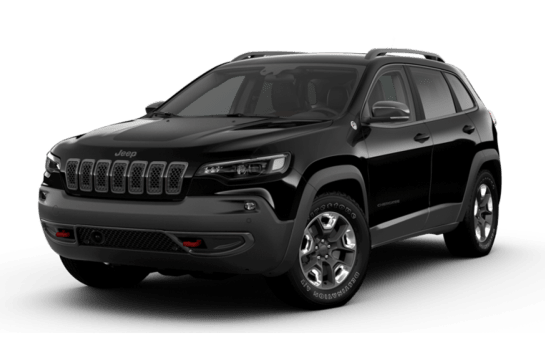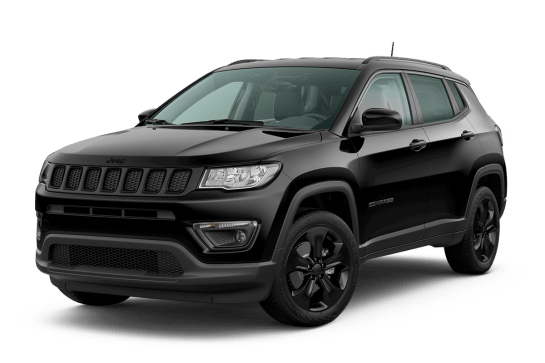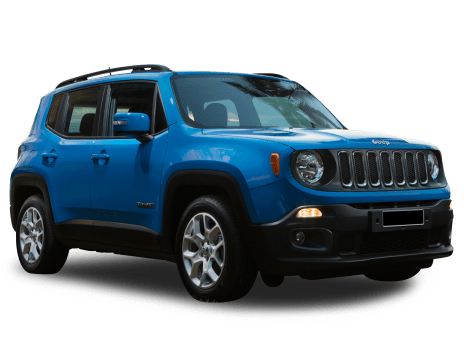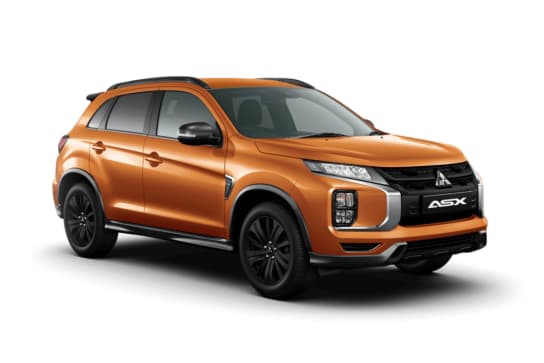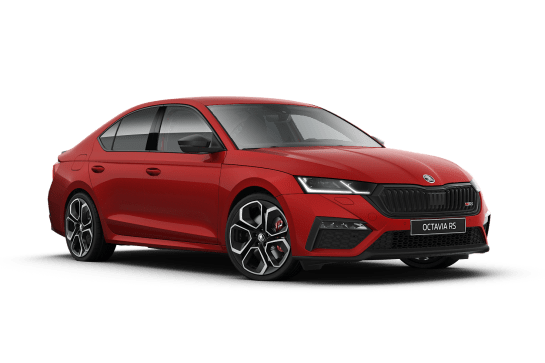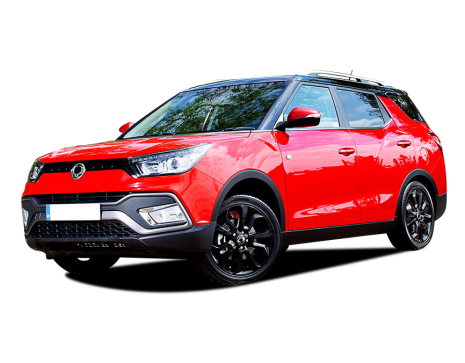
Ssangyong Tivoli VS Mitsubishi ASX
Ssangyong Tivoli
Likes
- Pricing
- Warranty
- Interior space
Dislikes
- No ANCAP rating
- Feels underpowered
- Not as refined as some rivals
Mitsubishi ASX
Likes
- Dead simple to operate
- Still looks neat and tidy for styling
- Spacious cabin space for class
Dislikes
- Bloody old tech compared to rivals
- Missing important safety features
- More expensive for very little gain
Summary
Ssangyong Tivoli
SsangYong is looking to crash-tackle Australia’s small SUV market segment with its competitively priced, feature-packed Tivoli as part of its brand relaunch here. A seven-year warranty is also set to make the Tivoli even more appealing.
SsangYong Australia is SsangYong’s first fully owned factory subsidiary outside of Korea and the Tivoli is part of its four-model push to re-establish itself as a brand worth your car-buying bucks.
So can the Tivoli get a foothold in an already-busy small SUV segment, loaded with the likes of Mazda CX-3 and Mitsubishi ASX? Read on.
| Safety rating | |
|---|---|
| Engine Type | 1.6L |
| Fuel Type | Regular Unleaded Petrol |
| Fuel Efficiency | 6.6L/100km |
| Seating | 5 seats |
Mitsubishi ASX
While the Mitsubishi ASX has long established itself as a compact SUV fan-favourite, its rivals are becoming better specified and even more affordable, like the Kia Seltos, GWM Haval Jolion and MG ZST.
There's a long-running joke that the Mitsubishi ASX is the oldest 'new car' on the market with technology that hasn't had a makeover in close to a decade.
Read more about
- Iconic badges to return? Mitsubishi Lancer and Montero nameplates trademarked in the US suggest Nissan Patrol twinned Pajero and Nissan Leaf relation are coming
- Is this rugged van an alternative to the Pajero Sport? 2025 Mitsubishi Delica plug-in hybrid imagined ahead of possible Australian release - report
- Hybrid and electric Mitsubishi models promised in Australia as brand teases next Mitsubishi ASX, Outlander SUV update, Delica off-road van and Pajero replacement
Is the cool new Street package for the ES base model enough to lift its competitive edge?
| Safety rating | |
|---|---|
| Engine Type | 2.0L |
| Fuel Type | — |
| Fuel Efficiency | 7.6L/100km |
| Seating | 5 seats |
Verdict
Ssangyong Tivoli6.9/10
The Tivoli is an all-round, reasonable small SUV – comfortable inside, and okay to look at and drive – but SsangYong is hoping that its drive-away pricing and seven-year warranty is enough to set the Tivoli apart from some of its more modern-looking rivals.
As is, the Ultimate AWD is the pick of the bunch.
The Tivoli is a pretty good value-for-money prospect, but the updated, facelifted Tivoli, due here in Q2 2019, might be an even more appealing proposition.
What do you think of the Tivoli? Tell us what you reckon in the comments section below.
Mitsubishi ASX6/10
The Mitsubishi ASX ES Street can more than handle being an urban dweller. The Street style pack makes this model stand out and the cabin is practical enough that it’s a good alternative for smaller families in the city. I get why the ASX is popular and I like the basic and traditional nature of this model on most fronts but not for the safety and tech. Not in this day and age against all of the well-equipped rivals it faces.
Design
Ssangyong Tivoli7/10
The Tivoli, named after the Italian town near Rome, is a neat-looking little buzzbox, with a touch of the Mini Countryman about it, as well as a healthy dash of chunky retro styling.
While it may not be the most exciting thing around to look at, it sits low and squat and certainly has a nice presence to it. Take a look at the accompanying photos and make up your own mind.
Mitsubishi ASX
The ES Street doesn’t change the ASX fundamentals but it is styled differently and the Street package adds a black front spoiler and tailgate protector with red accents, black door handles, stainless steel door scuff plates, and decals across the side panels and rear.
The interior sees almost no changes from the ES grade but the traditional plastic gear shifter and steering wheel are swapped out for an aluminium and leather-trimmed gear shifter and leather-wrapped steering wheel, which is a nice upgrade.
The dashboard is headlined by the tried and true (and old) 8.0-inch touchscreen multimedia system but this is a vehicle that likes tradition.
You have lots of physical buttons, dials and even a handbrake. There’s no push-button starter or digital instrument panel. If you want to move or change something, it’s going to be manual adjustment. It’s basic but there is something charming about that.
Practicality
Ssangyong Tivoli7/10
For a small SUV, it feels like there’s a fair bit of functional space inside the Tivoli.
Interior width is 1795mm and it feels like designers have pushed that room right out to the fringes – up and out – because there’s plenty of head and shoulder room for driver and passengers, including those in the back seat. The ergonomic D-shaped leather steering wheel, crisp instrument cluster, quilt-stitch trim and semi-bucket-style leather seats also add up to a real premium feel for the cabin, and the multi-media unit is easy enough to use.
The Tivoli’s storage spaces include an iPad-sized spot in the centre console, glove box and inner tray, an open tray, twin cupholders, door bulges for bottles, and a luggage tray.
Rear luggage space in the Ultimate is a claimed 327 cubic litres because of its full-size spare tyre under the floor; it’s 423 litres in lower specs with space-saver spares.
The second-row seats (a 60/40 split) are rather supportive for a back pew.
Mitsubishi ASX
The size of the cabin is the most practical aspect of it and it is spacious for the class. Both rows enjoy decent head- and legroom and it's fairly easy to get in and out of from the front row but the back row has narrow door apertures.
The cloth seat upholstery on the seats looks nice but fatigue can set in early on a long trip due to a lack of lumbar support for the front and a lack of heavy padding overall.
The individual storage up front is great for the class with a deep middle console and glove box, two big cupholders, as well as a large drink bottle holder in each door. There is also a storage tray in front of the gear shifter for smaller items like a phone or sunnies.
Storage is minimal in the rear with two cupholders in a fold-down armrest and one single map pocket... and that's it for amenities in general. There's no directional air vents or USB ports in the back.
However, there is plenty of room for two car seats, if you had a couple of kids in tow.
Technology feels and looks outdated with the only charging options being two USB-A ports and two 12-volt sockets up front. It would be nice to see faster USB-C ports and a charging pad for the price.
The 8.0-inch touchscreen multimedia system hasn’t changed. It’s simple to look at and operate. It can catch the light, which makes it hard to see at times while on the go but is otherwise responsive.
It’s easy to connect to the wired Apple CarPlay and Bluetooth but the phone call quality was hit and miss. Sometimes it sounded tinny and sometimes it crackled.
Rounding out the cabin, the boot offers good capacity for the class at 393L and you can bump it up to 1193L if you fold the rear row. The boot aperture is wide and the level loading space means it’s super easy to fit larger items in.
The rear row also has a 60/40 split and there’s a space-saver spare tyre underneath the floor. While the ES Street doesn’t get a powered tailgate, the lid isn’t heavy to operate.
Price and features
Ssangyong Tivoli7/10
There are six variants in the 2019 Tivoli range: base-spec 2WD EX with a 1.6-litre petrol engine (94kW and 160Nm) and six-speed manual gearbox ($23,490); 2WD EX with a 1.6-litre petrol engine and six-speed automatic ($25,490); mid-spec 2WD ELX with a 1.6-litre petrol and six-speed auto ($27,490); 2WD ELX with a 1.6-litre turbo-diesel engine (85kW and 300Nm) and six-speed auto ($29,990); AWD Ultimate with a 1.6-litre turbo-diesel and six-speed auto ($33,990); and top-spec two-tone paint AWD Ultimate 1.6-litre turbo-diesel and six-speed auto ($34,490).
We drove the two-tone Ultimate at the launch of the new range.
As standard, every Tivoli has a 7.0-inch touchscreen media system with Apple CarPlay and Android Auto, auto emergency braking (AEB), forward collision warning (FCW), reversing camera, and seven airbags.
The EX gets leather-covered steering wheel, telescopic steering, fabric seats, front/rear park assist, lane-departure warning (LDW), lane keep assist (LKA), high-beam assist (HBA), and 16-inch alloy wheels.
The ELX also gets the optional 1.6-litre diesel, roof rails, luggage screen, dual-zone air-conditioning, tinted glass, and HID headlamps.
The Ultimate gets AWD, leather seats, powered/heated/vented front seats, sun roof, 18-inch alloy wheels, and a full-size spare tyre. The Ultimate 2-Tone, as indicated, gets the two-tone colour package.
Every SsangYong has a seven-year/unlimited-kilometre warranty, seven years’ roadside assistance and a seven-year service-price plan.
Note: There were no petrol versions of the Tivoli to drive at the launch. The Tivoli XLV, an extended body version of the Tivoli, was not available for testing at the launch, either. An updated, facelifted Tivoli is due here in Q2 2019.
Mitsubishi ASX
There are six grades for the ASX and our test model is the ES with the Street accessory pack which makes it $30,490 before on-roads costs. That’s $2500 more than the standard ES and you’re only getting styling changes on a grade that sits second from the entry-level model.
The ES Street is more affordable than the better-specced Kia Seltos Sport (FWD) which sits at $33,050 MSRP but compared to its Chinese rivals, it’s starting to feel pricey. The MG ZST Vibe is priced from $26,490 MSRP and the GWM Haval Jolion Lux from $28,790 MSRP - both of which have more features and safety equipment installed.
Standard equipment for the ES Street includes an 8.0-inch touchscreen multimedia system with wired Apple CarPlay and Android Auto, Bluetooth as well as AM/FM and digital radio.
The ES Street also features a reversing camera, LED headlights and daytime running lights, LED front fog lights, 18-inch alloy wheels, and a space-saver spare wheel. There are two USB-A ports, manual air-conditioning, and black cloth upholstery.
The Street package adds a black front spoiler and tailgate protector with red accents, black door handles, stainless steel door scuff plates, aluminium and leather-trimmed gear shifter and leather-wrapped steering wheel instead of plastic.
The ES now comes with lane departure warning.
Under the bonnet
Ssangyong Tivoli6/10
The 1.6-litre petrol engine produces 94kW at 6000rpm and 160Nm at 4600rpm.
The 1.6-litre turbo-diesel engine punches out 85kW from 3400-4000rpm and 300Nm from 1500-2500rpm.
The diesel donk and six-speed auto generally work okay together, although on a few fast-blast, bendy back roads, the Tivoli was heading up a gear when it should have grabbed a lower one.
Mitsubishi ASX
The ES has a 2.0-litre four-cylinder petrol engine that produces 110kW of power and 197Nm of torque.
That's plenty enough for urban driving but don’t expect any feeling of zippiness.
The ES Street is a front-wheel drive and has a continuously variable transmission (CVT) but you can option a manual transmission on the base GS grade, if that’s your vibe.
Efficiency
Ssangyong Tivoli7/10
With the petrol engine, fuel consumption is claimed as 6.6L/100km (combined) for the manual and 7.2L/100km for the auto.
With the turbo-diesel engine, it’s claimed as 5.5L/100km (in the 2WD auto) and 5.9L/100km in the AWD auto. After a short, fast blast in the top-spec Ultimate, we were seeing 7.6L/100km on the dash.
Mitsubishi ASX
The official combined cycle fuel consumption figure is a low 7.6/100km and my real-world use came out at 9.1L after a fair mix of urban and open-road driving. While not super surprised with the outcome, I was hoping for better efficiency.
Based on the official combined fuel cycle and 63L fuel tank, expect a theoretical driving range of up 829km – which is great for such a small SUV.
Driving
Ssangyong Tivoli7/10
The Tivoli isn’t going to set any hearts a-thumping as it feels a bit underpowered and it’s not an electrifying drive, but it’s good enough.
Steering offers three modes - Normal, Comfort and Sport – but none of them are particularly precise and we experienced noticeable under-steering on the twisting routes, bitumen and gravel, that we took.
The suspension set-up – coil springs and MacPherson struts at the front, and a multi-link coil rear – over a 2600mm wheelbase, yields a mostly settled ride, keeping the 1480kg Ultimate steady and composed when not pushed too hard. The 16-inch tyres offer up adequate traction on bitumen and gravel.
It is rather quiet inside the Tivoli though, testament to SsangYong’s hard work in keeping NVH levels civilised.
The Tivoli Ultimate is technically an AWD and, yep, it has a centre diff lock but, get this straight, it is not an off-roader. Sure, it can, at a stretch, traverse gravel roads and formed trails with no obstacles (in dry weather only), and it might be able to get through very shallow water crossings without damage or stress, but with its 167mm ground clearance, approach angle of 20.8 degrees, 28.0-degree departure angle, and 18.7-degree ramp angle, I’d be reluctant to test its off-road limits in any way.
And all of that’s perfectly fine because the Tivoli is not intended as a serious off-roader, no matter what any salesperson might tell you. Be happy driving it in the city and around town – and perhaps on the occasional short stretch along someone’s gravel drive-away – but avoid anything more challenging than that.
The Tivoli AWD’s towing capacity is 500kg (unbraked) and 1500kg (braked). It’s 1000kg (braked) in the 2WD.
Mitsubishi ASX
The ES Street delivers adequate power to make it feel within the realm of fun in the city but it starts to feel lacklustre once you hit the open road. Put your foot down and the engine whines pitifully but you never worry about not getting there - it just likes to complain.
The suspension is on the right side of firm to get road feedback but not be bothered by it. You will feel bumps but not wince when you go over them.
However, the ASX feels very light when you have heavy winds and the car moves around a lot at higher speeds, which I found to be unnerving at times.
Surprisingly, the ASX offers a pretty refined cabin experience in terms of noise. There is a constant low hum from the engine but wind and road noise aren't too bad and you can easily chat and listen to music without feeling like your senses are battered at the end of a trip.
The ES Street is a fairly comfortable cruiser in tight city streets with responsive steering and a small footprint. This makes it easy to park and while the reversing camera isn’t the best quality, you know where this car starts and ends, so it’s not a big deal.
Safety
Ssangyong Tivoli6/10
The Tivoli does not have an ANCAP rating because it has not been tested here yet.
Every Tivoli has seven airbags including front, side and curtain airbags plus a driver's knee airbag, reversing camera, rear parking sensors, autonomous emergency braking (AEB), forward collision warning (FCW), lane-departure warning (LDW), lane-keep assist (LKA) and high-beam assist (HBA).
Mitsubishi ASX
At the time of this review, the current model year Mitsubishi ASX has not been tested with ANCAP and is unrated, but all pre-2023 models achieved a five-star rating under the 2016 protocol.
The ES Street has seven airbags, including a driver’s knee airbag, but misses out on the newer front centre airbag we're seeing on newer models.
Standard safety equipment for the ASX ES Street includes forward collision warning, DRLs, hill-start assist, ABS, lane departure alert, cruise control, engine immobiliser, child-proof locking on rear doors, and a reversing camera.
Unfortunately, all of its rivals outclass the ASX on standard safety equipment and this model misses out on biggies like lane keeping aid, blind-spot monitoring and rear cross-traffic alert.
The ASX has ISOFIX child seat mounts and three top tether points but two seats will fit best.
Ownership
Ssangyong Tivoli8/10
Every model in the SsangYong Australia range comes with a seven-year, unlimited-kilometre warranty, seven years’ roadside assistance and a seven-year, service-price plan.
Servicing intervals are 12 months/20,000km, but pricing was not available at time of writing.
Mitsubishi ASX
The ASX comes with a five-year/100,000km warranty, which can be extended to 10 years/200,000km, provided the vehicle is exclusively serviced by Mitsubishi dealers and on schedule. It's a warranty that is hard to beat, although MG just announced a 10-year/250,000km warranty and that's not conditional on where it is serviced.
The ASX also comes with 10 years of capped-priced servicing and the average cost is $502 per service.
Servicing intervals are reasonable at every 12 months or 15,000km, whichever occurs first.













